|
There are many systems for building websites in and picking the right one starts with working out what you need and want:
Choosing from the range of options There are two main groups of website building systems that are best for your size and type of business: 1. Hosted website builders These are the easiest to use and are the most stable options for building your website. You may have heard of Wix, Weebly, SquareSpace and One. These are all hosted website builders. There are hosted website builders that specialise in online shopping websites. These include Shopify and Tictail. If your business model is membership and training-based, there are hosted website builders that provide you with all you need to manage members and password-protected areas and online courses. Kajabi is a well-liked option but you see that the pricing reflects how powerful it is. Some of the standard systems, like Wix and Weebly can handle basic versions of membership sites and training online and they are far cheaper. 2. Self-hosted content management systems These over a lot more opportunity for custom development - programming your own site elements - but this comes at a price. These really require help from a developer who specialising in the particular system. They need hosting somewhere and they need protecting. Security risks are higher, especially if you don't update the software immediately as a new update comes through. The most well-known self-hosted CMS is Wordpress. It isn't alone, there is Drupal and Joomla, Magento and a whole lot more. There are also custom coded sites which big companies with complex sites and a high level of security use. How to choose the best one for your business If you need a new website or to rebuild a current one and want some advice, get in touch with us. We also offer a comprehensive review of your website, including user experience (what it is like for a stranger to use your site), design and content, plus all the above SEO elements. Included are specific tips under each section and the information you need to see and work on your on-page SEO.
It costs just 1100 kr + moms - Contact us to book yours Use your Instagram posts to sell your products/services by showing them to potential customers who are not already following you. When someone reacts to your content, Instagram might then show that post to people who have liked similar posts. You have a few hours after the content is posted and then the algorithm stops paying attention to it.Content on an account with 1000s of followers can spread wide outside the account's followers and reaches new potential customers. An account with less than 3000 followers will not normally manage this. What can we do about this?
Our service We engage with your target market, showing your accounts and posts to them so they have the chance to choose to follow. In this way, we fill up your followers with people who are genuinely interested in buying something from you. Our focus is only on your specific target market and works both in the short- and medium-term, so your content keeps reaching new potential customers. What this takes
Results Contact us to discuss how it could work for your business.
Email marketing is a really successful way of selling, even despite the growth in social media, as long as you have an email list. Get your emails read by following some important tips:
Email marketing providers work hard to get your emails to the recipients and out of spam folders. Constant Contact, one of our favourite providers, has 50% off in March 2024. Find out more about it here or get in touch with us for help.
Online advertising has become an indispensable tool for many small businesses to grow and it is important to choose the right type for your business and budget. There are three main types of digital ads, those in search engines; those on social media platforms and those on websites, plus some specialist types, like SMS ads and native content ads. Here are the various digital advertising options to help you choose the best for your business, products/services and your target market: Search engine marketing (SEM) SEM is a type of online advertising that allows businesses to display their ads on search engine results pages (SERPs). When someone searches for a keyword or phrase that is relevant to the business's products or services, the ad can appear at the top of the SERP. Google Ads is the most well-known SEM tool but all the search engines offer ads and some of the smaller ones may be cheaper. Pay-Per-Click (PPC) advertising is the most common form of SEM ads and functions by businesses bidding on keywords relevant to their products or services. They only pay when users click on their ads and the price is set in the bidding process. The auction and bidding process makes it harder to access the cost of a campaign in advance. SEM is most effective when your target market knows what they are searching for or if your product/service can solve a specific problem that people search for. It is harder to use and is expensive when there is a lot of competition. It requires a budget big enough to run over a minimum of a few months in order to test and refine the ads to work well. Social media marketing (SMM) Paid social media marketing is advertising to users on specific social media platforms, such as Facebook, YouTube, LinkedIn and X although there are many more platforms to choose from. Businesses can target their ads based on users' demographics, interests and behaviours. Social media advertising can be a very effective way to reach a specific audience. It requires effort in the creation of the audience as well as the creation of the copy, something many businesses get wrong. Display advertising Display advertising involves placing graphic ads on websites and mobile apps. In the same way as with social media marketing, businesses can target their display ads based on users' demographics, interests and behaviours. There are two main options here – you can choose a specific website/app and, where possible, advertise directly on that site. The alternative is to use a display network, which then places your ads on a whole variety of websites that should meet the targeting criteria you assign to it. Google Display Network is a common one to use. Other options include: Native Advertising: Having your name, a topic or blog post title seamlessly integrated into someone else’s content making it less intrusive for users. It can be an effective way to promote blog posts or articles. Email Marketing: Having your messages or graphics embedded in another business’ marketing emails gives your messaging the authority of the business sending the email and reaching their target audience. This is very effective but the opportunities for this kind of marketing are often limited. Affiliate Marketing: Partnering with other businesses who promote your products or services in exchange for a commission can be a cost-effective way to expand your reach. Podcast Advertising and other types of sponsorship: If your target audience is podcast enthusiasts or likely to be involved in a specific club, sponsoring popular podcasts and events can build brand awareness. Which type of online advertising is right for your small business? Each of these online advertising methods has its own advantages and best-use scenarios. To make the most of your advertising budget, it's essential to understand your target audience, set clear goals and analyse the performance of your campaigns.
The best type of online advertising for your small business will depend on your specific business goals and budget. If you're looking to reach potential customers who are already interested in what you have to offer, SEM can be a good option. If you're looking to build brand awareness, social media advertising and display advertising can be good options. If you're looking to engage potential customers and tell your brand story, video advertising can be a good option. Contact us if we can help you choose which platform would suit your business best and get the most out of your advertising. I say it often - marketing works when you stand out, not when you fit in. One of the best ways to stand out is with your brand identity. Big businesses use it ruthlessly (Coca Cola turned Santa's clothes from green to red...) and the smallest of businesses need to use it ruthlessly too. Otherwise, potential clients won't recognise you in a sea of competition (you do have competition...if you don't, you might not have a market either). To stand out, your brand identity must show your market:
While brand identity absolutely includes the colours you use in all your communications, it goes quite a bit further than that. It includes everything you use in your communications and even the words you use to tell people your business values, personality and services. While the clearest examples of brand design are seen in consumer goods companies, it is equally important for consultants - competing with other consultants - and all types of small businesses, from accountants to IT service providers to nail technicians. A one-person business still needs a brand identity. Understanding brand identity Brand identity is the visual, emotional and conceptual representation of your business. It includes elements such as your logo, color palette, typography, imagery, messaging, and tone of voice. You can find examples of brand design on our graphics page here. The significance of brand identity Emotions play a significant role in shaping preferences and loyalty. When a brand successfully evokes positive emotions like trust, joy, or excitement, the market is more likely to form a strong attachment to that brand. A well-defined brand identity creates consistency across all customer touchpoints and fosters trust and recognition among your audience. Defining your brand personality
Brands are often given human-like qualities and people tend to resonate with brands that align with their own personality traits or aspirations. Understanding your brand's personality and defining it clearly guides you in consistently communicating it through appropriate content and visuals that align with your intended message. Set who you are talking to Knowing your target audience is essential for crafting a brand identity that appeals to them. Many many small businesses target to wide an audience and fail to reach them. Do some research - understand their preferences, values, pain points, and aspirations. Tailor your brand's visual elements and messaging to align with their interests. Make sure your logo is memorable Your logo is the face of your brand and it should be memorable, scalable and reflective of your brand personality. If you aren't really proud of your logo or find the version you have difficult to use, get in touch with Katti Lapidoth here at My Own Marketing Team, who'll help you get it right. Choose and stick to a cohesive colour palette Select a colour palette that not only resonates with your target audience but also evokes the emotions and feelings you want associated with your brand. Use these colours in each and every piece of communication, large and small, across all marketing materials and platforms. Develop a consistent visual style Consistency is key in building brand recognition and a weak spot we see is with imagery, especially if 'stock' images are used. Establish guidelines for the use of fonts, imagery, and design elements to create a cohesive and recognisable visual style and then stick to it like glue. Write compelling brand messaging
Craft a brand story that communicates your mission, values, and unique selling propositions and then use it consistently, in your set tone of voice, across all communication channels. Setting yourself up to succeed Building a strong brand identity is a continuous process that requires a deep understanding of your business, audience, and market. By investing time and effort now in defining your brand personality, targeting the right audience, and maintaining visual consistency, your small business can create a compelling brand that leaves a lasting impression on customers and sets you apart from the competition. Then all your marketing and sales efforts from then on are more effective, saving you time, money and energy. Read more about our graphics services here and for help with your brand identity and all your design needs, get in touch with us. Time and money are two of the scarcest resources known to small business owners - whether you are running yours with or without external funding. How you spend those resources fundamentally determines the success of the business. 'You should be on Instagram' is advice we've heard given to all manner of small businesses over and over but should you, really? There are products, services and companies that should not. Are your potential clients/customers there AND expecting you to be there to help them buy? There is a fairly simple and scientific method to work it out. When you have limited resources, spend them where they work to bring in sales. Anything else is a waste and will be a hit to your profits. When we help the smallest businesses work out which marketing channels to focus their resources on, we find the answers to three key questions:
Let's take an example of an accounting consultant Sounds too simple? It is smart, it will be effective and sustainable.
Why didn't we recommend Instagram, PR or advertising? Well, even if potential clients have Insta accounts, it isn't the first place people look for year-end bookkeeping services. Instagram requires a lot more time than the available resources so marketing via it for this consultant is a waste of precious time. PR then? To stay 'front-of-mind' and build trust, we are looking at repeatable tactics, not one-offs so PR is out. Then we have advertising. With a much larger budget, advertising could work to build awareness of the services but a) they aren't selling unique services so it would be like advertising every other accounting consultant too and b) advertising doesn't build trust, so it out on two counts. It can be just as useful to know where NOT to market! What you end up with is your Marketing Channel Strategy and the confidence to get on with it, knowing your resources are best reaching your target market. *Incase you think you should be on Instagram, please give it a cold, hard stare 🧐. Are your potential clients/customers there? Are you selling a product or service that your target market expects to buy (or be inspired to buy...) directly from seeing it there? Perhaps the most important question as it needs daily attention and skill level way above the other main social media portals - do you have the time, money, energy and skills to make it work for you? Being smart about where you should be and knowing what you need your audience to do needs just three answers. Get in touch with us if we can help you with yours. The use of video for marketing has grown a lot over the years. They can help increase traffic to a website, support sales growth, reduce support queries and help customers understand products and services better. According to the statistics from Smallbiztrends, around 70% of consumers are more likely to go through with a purchase after watching a video including the product or the service. Creating and editing videos is not always as simple as writing a blog post or crafting a tweet…and it’s not always cheap! More and more video editing software options have developed over the years and it has become possible to edit videos by yourself, even as a beginner. In this blog post, I will present one video editing tool and one video making tool that will help you create professional videos for free. OpenShot offers basic video editing features, such as trimming and slicing. For MacBook users, OpenShot will remind you of iMovie with its easy to use drag and drop interface. However, OpenShot offers more features, including unlimited layers, audio mixing and video tracks in the timeline. The software offers a nice balance between advanced features and a simple interface for the user. Openshot supports a wide range of video, audio and image formats. You can upload your work directly to YouTube/Vimeo or export it in any other video format. The software is a great choice for simple projects with the focus of editing simple videos. Pros:
CCO - OpenShot It has begun to be more and more popular to use Animation software to create content for video marketing. It is an excellent alternative to the long texts that people are becoming more and more uninterested in reading. Perfect for when you want to create a more interactive way to explain your business, an idea or a product/service to your audience. Mysimpleshow An easy tool to use when creating explainer videos for corporate situations. The software is designed for creating short explainer video using simple illustration. Mysimpleshow enables the user to create their videos step by step through a simple and guided workflow, but also through the intelligent explainer engine that offers suggestions of illustration to match the story that the user wants to create. You can also upload your own voice recording, which the application will auto-sync with the story. Mysimpleshow is an accessible and affordable online tool and is known for drawing simple illustrations on a white board with a pair of hands. Besides the free plan, which allows you to make unlimited videos but comes with restrictions; there are 3 different premium plans, where in my judgment choose the ‘Business’ plan as it's the most popular among other plans. It includes watermark removal, HD quality downloading, privacy protection, etc. Pros:
CCO - MySimpleshow
There are many options for free video making and editing tools available today. To gain more experience and knowledge in how to create professional videos, these are two digital tools that will help you get there before paying a price for more advanced video tools. Are you currently using video creating/editing tools today? If so, which tools do you like and which don’t you like? Please leave a comment here or on our Facebook page! Using social media to build up the recognition of a brand and market products and services has become a popular strategy among small businesses, in part because it costs nothing except time. But is it effective for your business? Do you get sales from your hard work? Does it take up far too much time? Knowing which social media marketing tools, strategies and tactics work for a small business and which are a waste of time can make the difference between a business succeeding or failing. That is our job. We provide social media marketing support to the smallest of businesses, focusing on only those tactics that will turn into sales and growing the reach of your accounts at the same time. All you need to do is provide us the details about your business and explain us your business goals. We will take care of it from there! Services you can use include: Social media set-up Collecting your current marketing materials, images and details relevant to your business, we will build great social profiles for you in each relevant social media platform. The profiles will reflect your business values and reinforces your brand. Profiles we build are where your existing and potential customers are. If you would like easy-to-use post templates, we can create you a set of them that makes posting much faster and will look awesome. Many accounts we see don’t use the right hashtags for building up sales. We can provide you with a selection of hashtag sets that you can use to reach your target market. Content creation The simplest detail about your business can be turned into an interesting content with creative writing skills and relevant images, making your current customers read more about your business and help new customers understand why they should buy from you. A set of posts created each month is a common way of us managing your content creation. For example, we can create and post 9 posts per month for you, giving you space to add in your own posts whenever you want while ensuring your profiles build up their reach. Planning ahead Getting your marketing content planned strategically in advance saves a lot of time and energy but most importantly, makes it much more effective. We work with you to build your marketing content around what is happening in your business and what is happening for your potential clients. With tools designed for big businesses but scaled down for us, we can plan, schedule and automatically post your content at any time of day and night. We can even share the system with you so you can add posts too. We will make sure that your marketing content is published to reach the right audience at the right time. Running social media marketing for you If social media marketing is what you need but you don’t have the time, energy or inclination to run it yourself, we are here to run it for you. Full responsibility sits with us and we report back on the progress, including tying in the activity we do with the sales of your products/services. Engagement and follower building *The most effective service we offer:* This is a very unique marketing service that we provide. Many social media marketing ‘experts’ miss this point but if we are running social media marketing for you, we make sure that we build up the number of relevant people seeing and reacting to your content. While you work on growing your business, we work to grow the reach of your messaging. Without this, sales won’t come from social media. Each small business is unique and each small business owner wants and needs different things from their marketing. Talk to us about your business. If you’d like to find out more about running your own social media marketing and/or have some coaching along the way, check out our online courses and coaching options at www.myownmarketingcoach.com Facebook has started 2021 with some interesting changes to Pages that will help us small businesses use it for marketing. They include removing the 'like' button, making the Page News Feed properly usable and creating a Q&A section from your fans' questions. Find out how the changes affect small businesses like yours in our latest My Own Marketing Coach article:
www.myownmarketingcoach.com/articles/positive-changes-to-facebook-pages Would you like some help growing the following of your page? Don't know what we are talking about when we say 'engaging from your Page'? Check out our social media marketing online courses, live and digital workshops in the Stockholm area or talk to us for help with your business marketing. How important is it to integrate marketing tactics? It can be crucial. Integrated marketing tactics that convey the same message across different channels is a powerful enough strategy to directly reduce marketing costs and increase sales. BackgroundThis 90-bed hotel and activity centre is in a area of Sweden that is very popular with Chinese tourists and its main season is from autumn to spring, through the winter. Guests stay for the landscape, night sky and snow-based activities. The industryEuropean hotels with specialist activities are seeing huge growth in tourists from China as a rapidly increasing middle class there becomes able to afford to travel and wants to see the sights outside of China. As hotels reimagine their services in 2020, lifetime experiences will survive better than breakfast buffets. The problemWhen we met the client, the main issue was that, although the business operated a full range of activities, many guests didn't know that until they arrived and therefore had booked their activities with another provider. Additional challenges included:
How we jumped inA guest staying at another hotel in the area took part in an activity organised by the client. They suggested to the client that they contact us for help promoting the activities and so they came to Stockholm to meet us. A happy client referral! The client’s goals for usInitially, the client asked us to deliver Content Marketing in the form of ongoing, regular blog and social media posts. Subsequently, we took on responsibility for delivering all the marketing strategy and tactics for the global marketing of the hotel. The client's trust in us gave us the freedom to solve the problems in efficient and effective way. By working on the entire marketing effort, we could integrate campaigns and channels, improving the effectiveness of them and keeping costs as low as possible. What we did to help them
What the project achievedThe client needed a large increase in activity bookings and more hotel guests during the summer. The work we did achieved both these goals. We also worked to make the hotel's marketing more sustainable, enabling them to repeatedly and consistently reach a much bigger target audience. Would you like to combine your marketing activities so that you save yourself time and energy and get better results? Read more about the services we offer above and/or get in touch to talk us through your needs.
|
Categories
All
Archives
May 2024
|
|
© 2024 My Own Marketing Team
|

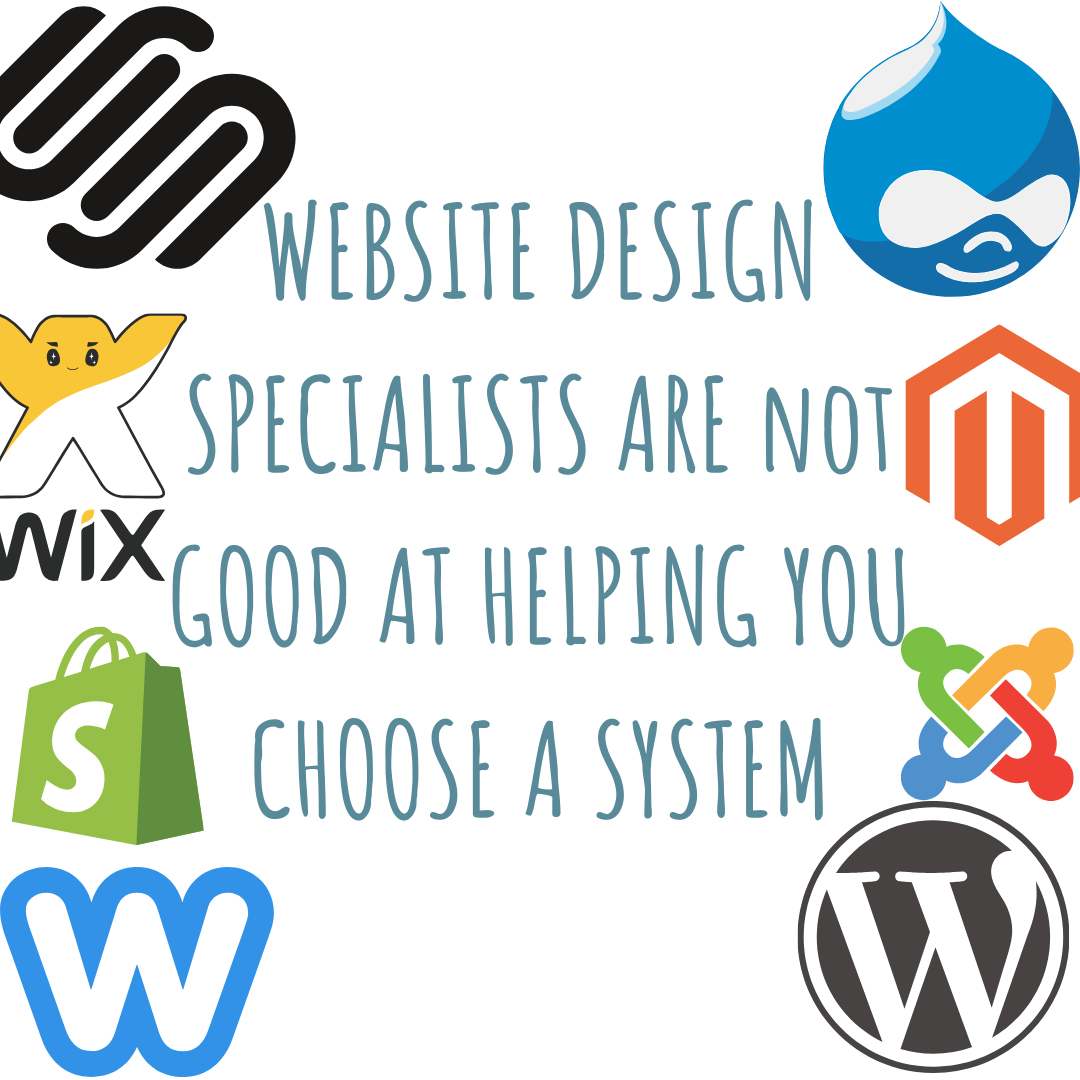



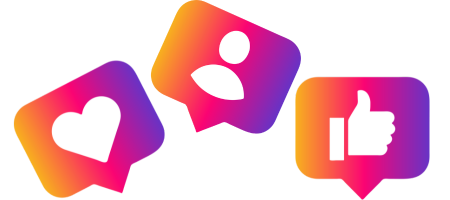



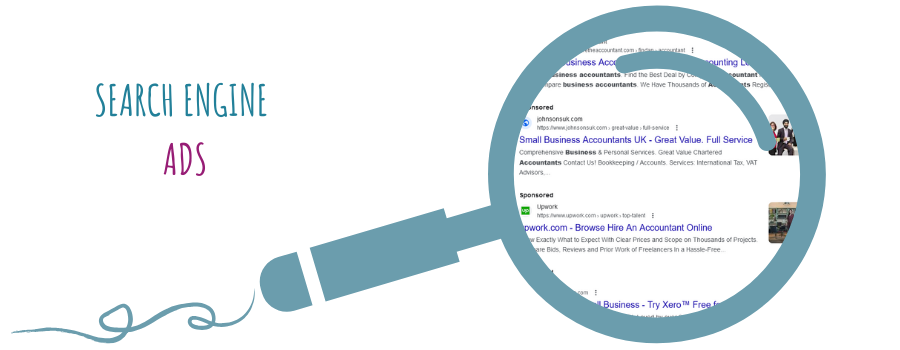




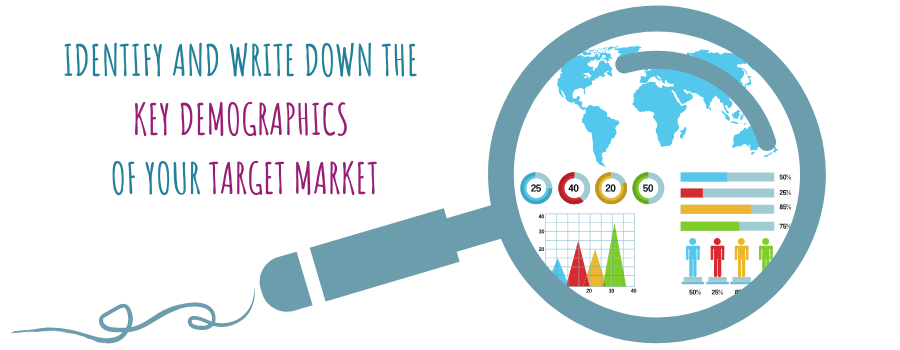



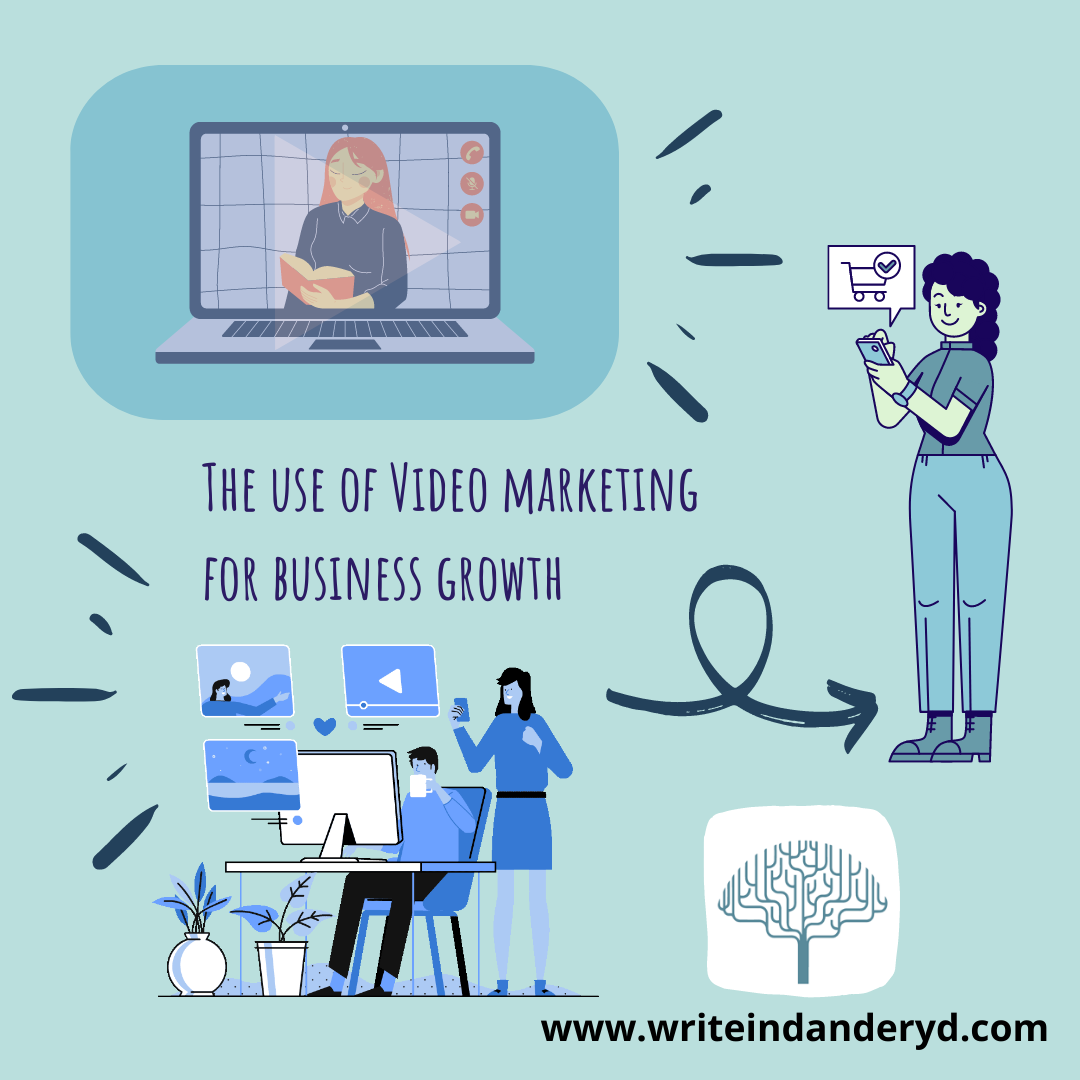
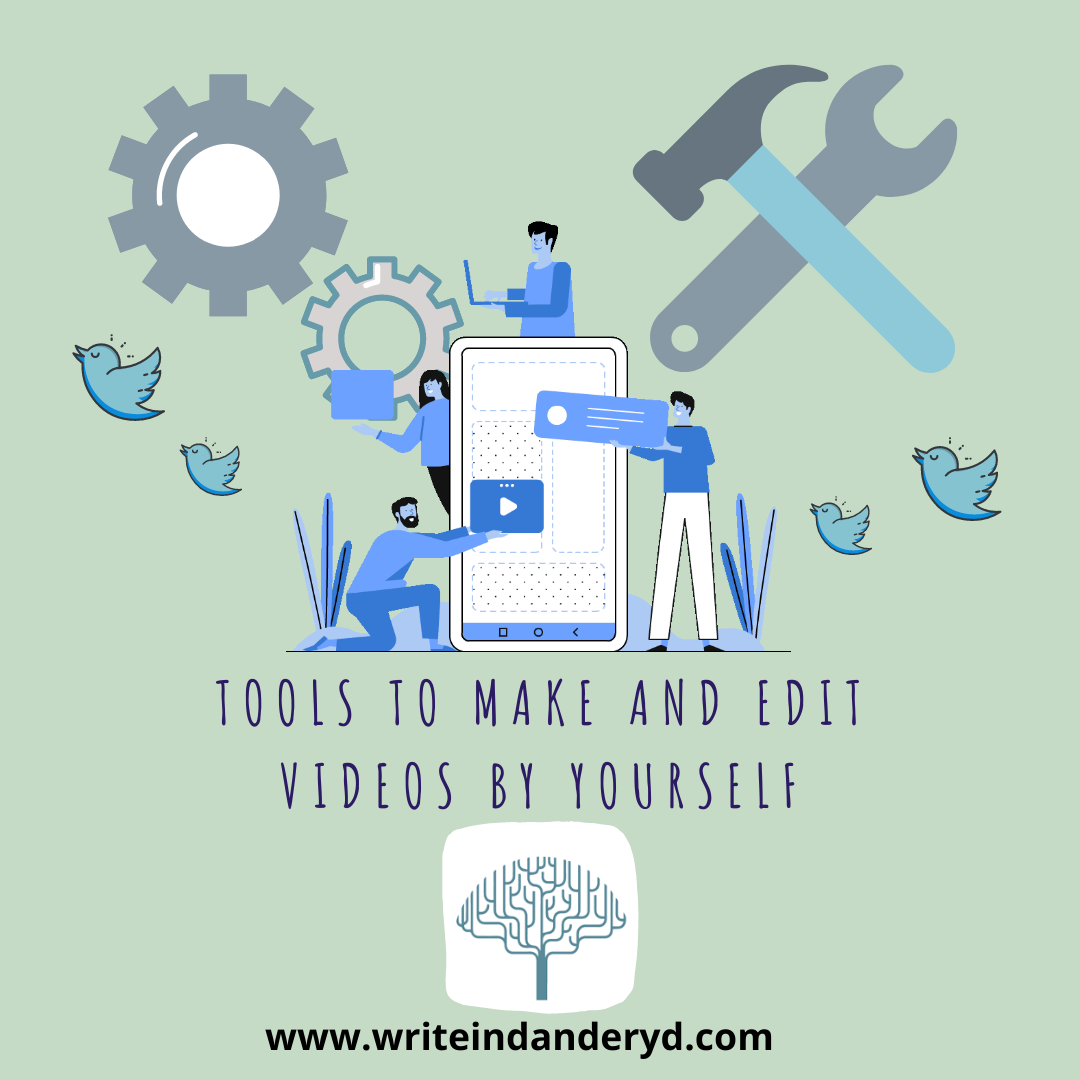







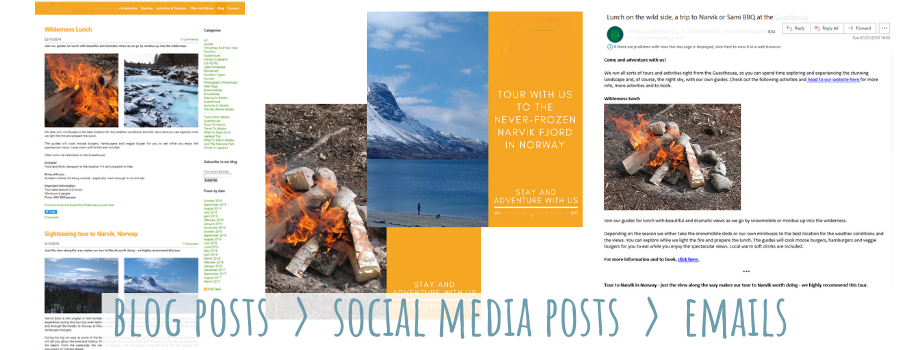


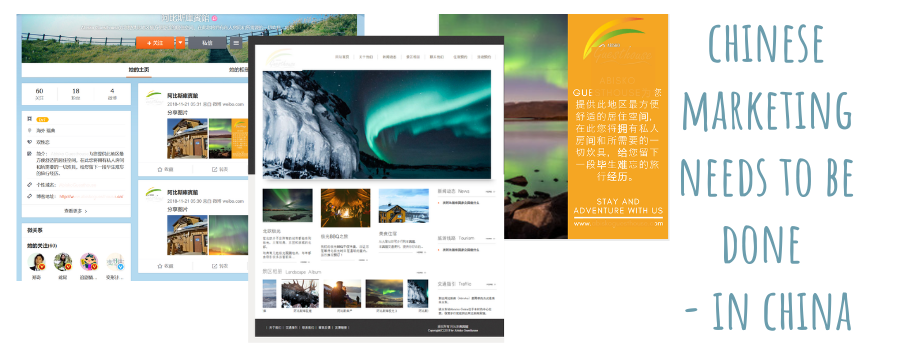


 RSS Feed
RSS Feed